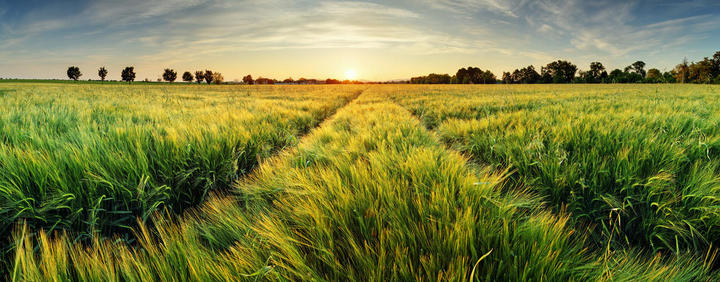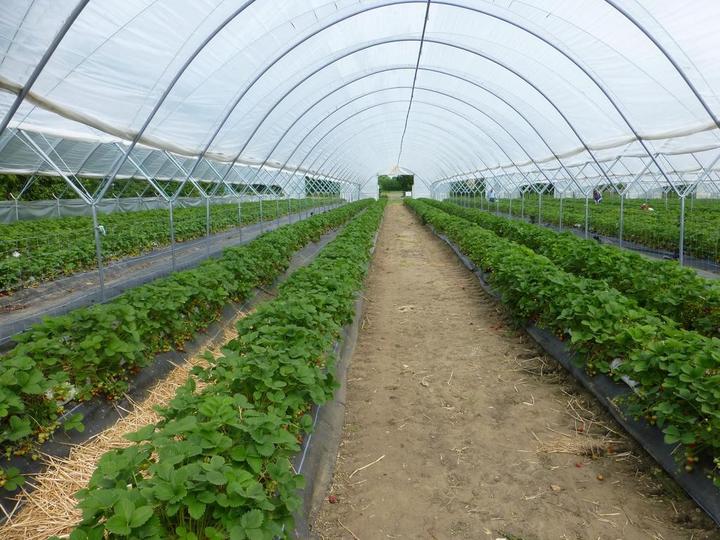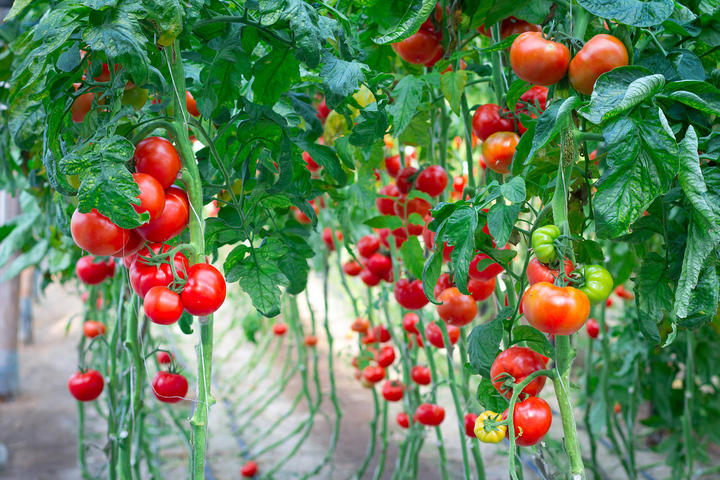


The United States is a globally recognized technological, military, and financial powerhouse, as well as an agricultural powerhouse. Under the implementation of the policy of fallow and limited production, the United States accounts for approximately 1/5 of the world’s total grain production per year, making it the world’s largest exporter of agricultural products. The reason why American agriculture is strong is mainly due to two major advantages: innate and acquired. The so-called innate advantage refers to the unique agricultural natural conditions in the United States (plains account for more than half of the land area, arable land accounts for nearly 1/5, and more than 70% of arable land is concentrated in large areas of contiguous distribution in the Great Plains and inland lowlands), The acquired advantage refers to the highly developed level of agricultural technology in the United States (the contribution rate of agricultural research to agricultural product output in the United States exceeds 80%, and the level of agricultural mechanization and informatization ranks among the top in the world).However, the key to effectively transforming and utilizing the inherent and acquired advantages of agricultural production lies with the agricultural management entities. It can be believed that the reason why the United States can become an agricultural powerhouse is more crucial because it has a comprehensive modern agricultural development system. In the modern agricultural development system of the United States, family farms and agricultural cooperatives are undoubtedly key agricultural operators. As of 2020, the United States has approximately 2.01 million farms, including approximately 1.96 million family farms; Meanwhile, as of 2019, the total number of members of agricultural cooperatives in the United States was approximately 1.9 million, which means that almost all (approximately 97%) family farmers have joined at least one cooperative, and there is a clear trend of integrated development between family farms and cooperatives.The reason why family farms in the United States still need to join agricultural cooperatives is due to the construction of a socialized service system for family farms, even though they have fully realized scale, mechanization, and information production and operation. It should be recognized that no matter how perfect family farms (especially the numerous small family farms) are, they cannot independently complete all activities before, during, and after childbirth. Instead, relevant professional activities must be decomposed and entrusted to professional service institutions. In other words, the development and growth of family farms inevitably require the support of a sound agricultural socialized service system.In this regard, the experience of the United States is the most typical. The United States Department of Agriculture (USDA) is an extremely important economic management department in the federal government. Under the management of the USDA, it has established specialized agencies such as the Farm Services Bureau, Overseas Agricultural Services Bureau, and Agricultural Statistics Bureau (NASS) to provide effective support for agricultural information and agricultural product markets across the country. These departments are responsible for summarizing various agricultural figures and information to the Department of Agriculture, and then conducting scientific analysis through various experts to form an information monitoring network for American agriculture, and timely issuing agricultural evaluation reports and market demand outlook reports. Taking the United States Bureau of Agricultural Statistics as an example, it publishes over 400 reports annually, with an average of every day. They collect statistics on the planting area, yield, and reserves of over 120 major crops. In June of each year, the US Bureau of Agricultural Statistics also conducts tracking surveys on over 125000 farmers to calculate the overall information of farms in the United States.43.jpgIn addition to the public service system, the United States also has a collective service system and a private service system. The former mainly includes farmer cooperatives and cooperative agricultural credit systems, while the latter consists of a large number of industrial and commercial enterprises engaged in the production, sales, and processing of agricultural materials. In short, family farms in the United States have become highly organized, and self-organization by farmers such as cooperatives and associations is very common. There are industry-wide cooperatives in various fields related to agriculture, such as production, circulation, and processing, including both national cooperative alliances and local cooperative organizations; There are both comprehensive cooperatives and professional cooperatives. As a result, family farms in the United States fully rely on various cooperative organizations to negotiate interests with suppliers, processors, transporters, and retailers in the industrial chain on behalf of family farmers, and increase political discourse through some national associations to gain government policy support.It can be seen that developing and improving the socialized agricultural service system is an important guarantee and condition for improving the production efficiency of family farms and promoting the healthy development of family farms. In this sense, the conditions for the development of family farms in China are not yet mature. It should be pointed out that the development of family farms in China is facing bottlenecks in the relatively lagging development of agricultural socialized service systems, and farmers’ cooperatives have certain professional service functions, which can provide agricultural supplies, information, warehousing and other services for family farms. If both parties can carry out effective cooperation under the principles of voluntariness and win-win, the strength of family farms and farmers’ cooperatives in China will be improved. Therefore, emphasis should be placed on the fundamental role of farmers’ cooperatives in providing socialized services for family farms. For example, the promotion and application of agricultural machinery directly affect the willingness of farmers to expand the scale of planting and breeding, and the development of agricultural machinery cooperatives provides important conditions for agricultural mechanization, improving the scale of operation of family farms. Specifically, the government should play a coordinating role in providing convenience for cooperatives to provide internal and external production services, technical information services, supply and marketing services, financial services, talent training, and other services. Farmers’ cooperatives should be regarded as the basic force of new agricultural business entities and agricultural socialized services, so as to adapt government institutional settings to the development of farmers’ cooperatives.In short, the government should focus on developing and improving the agricultural socialized service system that is suitable for family farms. In addition to providing strong support in policy and funding, it is more important to strengthen guidance and support for the agricultural socialized service system and optimize the social environment for the development of family farms. Focus on building and improving the services urgently needed by current family farms, while actively improving other aspects of socialized services, such as agricultural information services and agricultural product sales services. Only in this way can we meet the multi-level and personalized needs of family farm development, better serve family farms, and further promote the development of family farms.

没有reply内容